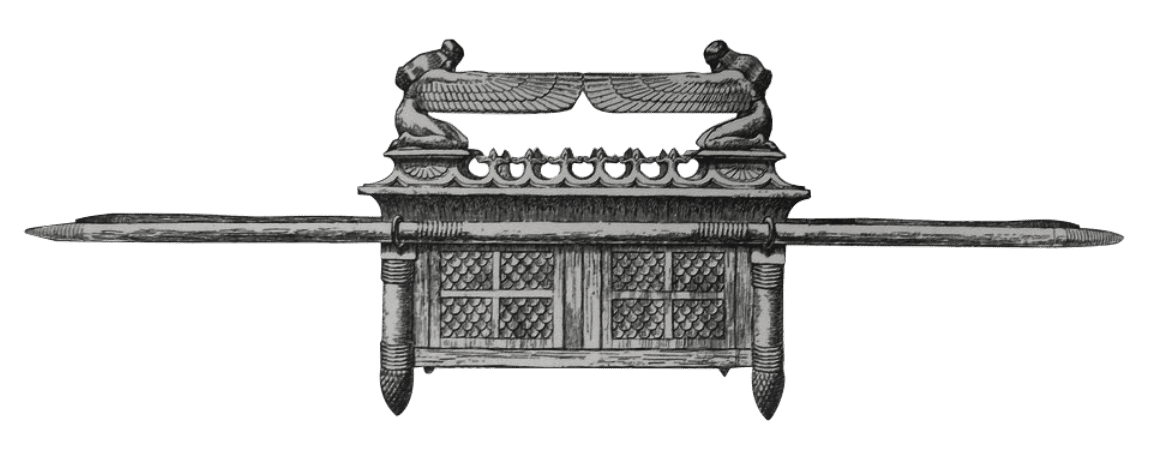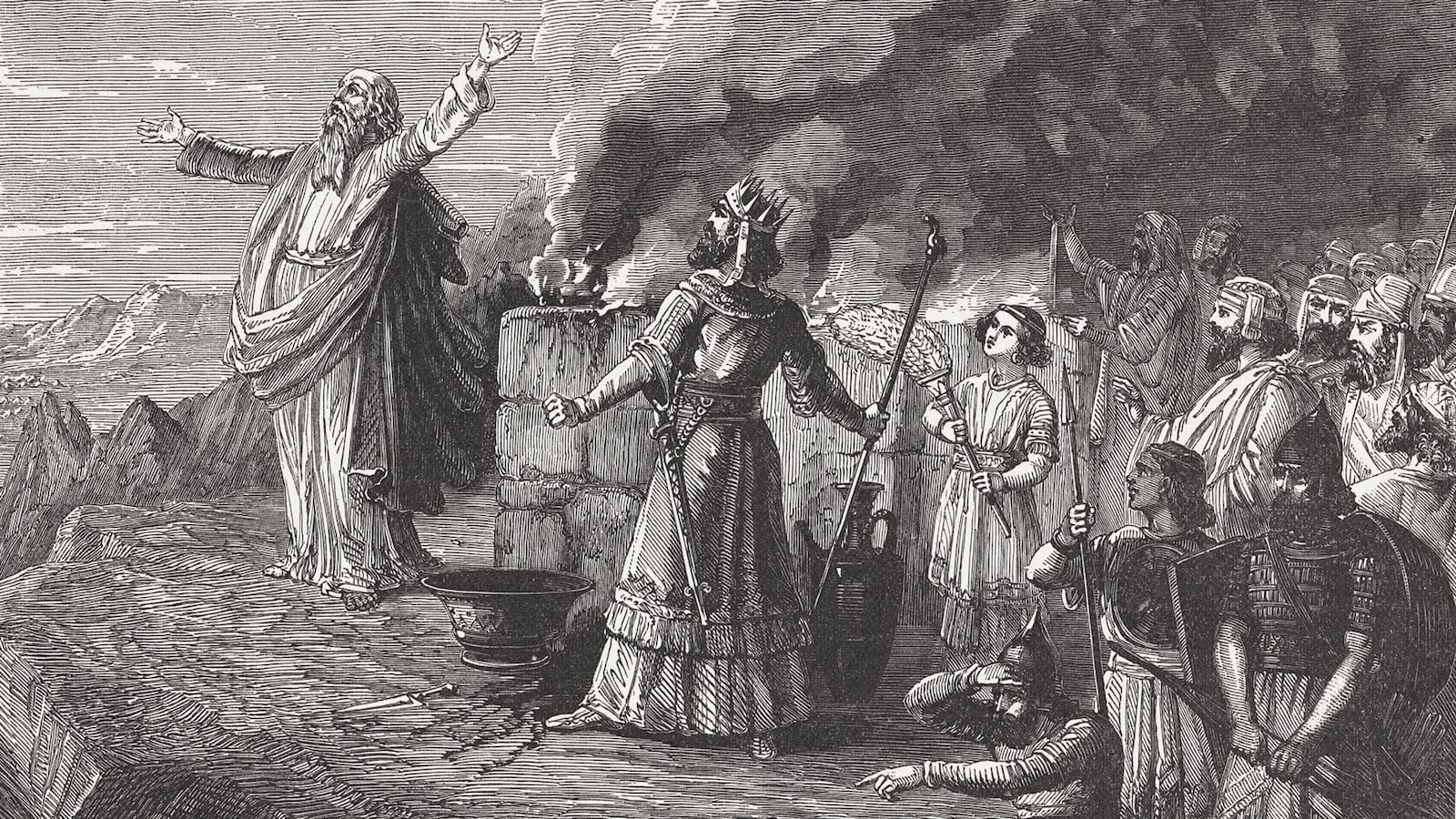Reading about the Day of Atonement in the book of Leviticus brings up all sorts of questions for us in the twenty first century. The idea of sacred space, or holy space, is not a regular feature of today’s Christian worship, but it clearly was to ancient Israel. So how did they understand holy ground, and holy space, especially considering the serious rules for the priests approaching the holy of holies?
The holy of holies was only to be entered on the Day of Atonement by the High Priest after he had ritually purified himself and offered a sacrifice for his sin, the Day of Atonement’s purpose was cleansing. The sacrifices and rituals removed the nation’s sin so that God’s presence could remain among them (Lev. 16:34), and symbolically purified the tabernacle and holy space itself so that God could continue meeting with Israel there. The ideas of sacred space, temples, and tabernacles that we see in the Bible were largely shared by the cultures that surrounded Israel in the ancient Near East.
“And this shall be a statute forever for you, that atonement may be made for the people of Israel once in the year because of all their sins.”
Leviticus 16:34
Interestingly, there were certain sites that were believed to be connection points between heaven and earth, an idea that we see come out in the life of Jacob when he has a dream at Bethel of a staircase on which angels were ascending and descending. So, in the other cultures surrounding Israel, when a temple would be built, a sacred site would be sought out or decided on through divination. Later in Israel’s history, King David would be directed by God to the location of His future Temple, but in Leviticus, the Israelites are living in the wilderness in a transitory state, and so the Tabernacle is portable. The sacred space becomes wherever God chooses to show up. His presence creates sacred space.
Both the Israelites of the Bible and the surrounding ancient cultures aimed to protect sacred space by setting up progressive barriers that marked out progressively holy spaces. In the Tabernacle this looked like the fenced courtyard, the covered holy place, and the separated holy of holies. This structure emphasized the holiness of God and protected the holy places from being corrupted in any way from impurity and ensured that only the holiest of people approached God’s perfect holiness.
In the ancient world, the temple was seen as the centre of life. They were houses, residing places for gods. So, in the pagan world, mankind worked to strike a balance. They offered sacrifices and performed rituals to take care of their god’s physical needs so that the god could focus on their work of maintaining life, crops, health, warfare, whatever their speciality was. Their sacrifices of food and drink were seen to physically cross into the spiritual world to feed their god. This process was accomplished through rituals to open the mouth of an idol, and through rituals like the burning of sacrifices and offerings to transmit them into the heavens, and through pouring out drinks.

In Israel, however, the Tabernacle was not seen as a house for God, but it did house the place where God would meet with Israel who was represented by their high priest. The Tabernacle did not house an idol, an image of God, instead it had the Ark of the Covenant, which held of course the covenant the basis of the relationship between Israel and God. When the covenant was in good standing, God’s presence could and would be with Israel. So then, it’s no wonder that God chose to appear above the physical copy of that covenant. In Israel too, the Tabernacle seems to have been the centre of life, and sacrifices and rituals were commanded by God in the same methods we see outside of Israel. The burning of sacrifices and offerings and the pouring out of drinks offerings to give them or transmit them to God. However, sacrifices in Israel were about thanking God for His provision to them, and about recognizing that human sin needed God’s pardon. Specifically, the blood of the sacrifices was seen to have a purifying element, the extent of the blood rituals recorded in the Law seems to have been unique to Israel.[1]
Israel needed to keep their need for God’s forgiveness front and centre. And though the rituals that were to take place on the Day of Atonement do have some ancient parallels, like the scape goat sacrifice and the need to purify the Tabernacle, in other cultures the King and the priests alone were purified. In Israel it was the whole nation who was purified. Driving home the point that God wasn’t just a petty or lower god, He was the God of the entire world, and it wasn’t just the Levites who were His priests, but the whole nation of Israel. God had a global agenda, and Israel was called to mediate God’s plan of salvation for the world.

Corie Bobechko is a daily co-host, speaker, and writer of Bible Discovery. She also hosts a YouTube channel that shows how history and archaeology prove the Bible. Her heart for seekers and skeptics has led her to seek truth and share it with others. Corie also has a Bachelor of Theology from Canada Christian College.
[1] Walton, p.92






